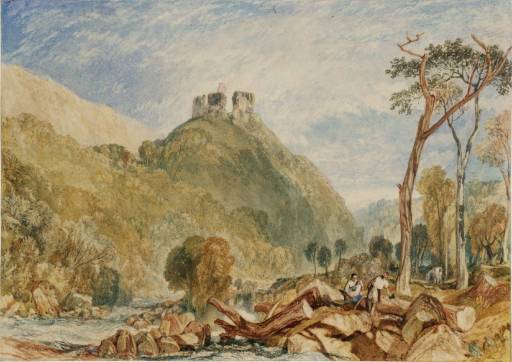1904
E.T. Cook and Alexander Wedderburn (eds.), Library Edition: The Works of John Ruskin: Volume XIII: Turner: The Harbours of England; Catalogues and Notes, London 1904, p.615, no.165, as ‘The Okement. Okehampton Castle’.
1909
A.J. Finberg, A Complete Inventory of the Drawings of the Turner Bequest, London 1909, vol.II, p.629, CCVIII E, as ‘Okehampton Castle, on the River Okement’.
1990
Eric Shanes, Turner’s England 1810–38, London 1990, p.108, no.83 (colour).
1996
Julius Bryant, Turner: Painting the Nation: English Heritage Properties as Seen by J.M.W. Turner, London 1996, pp.34, 48, reproduced p.49.

